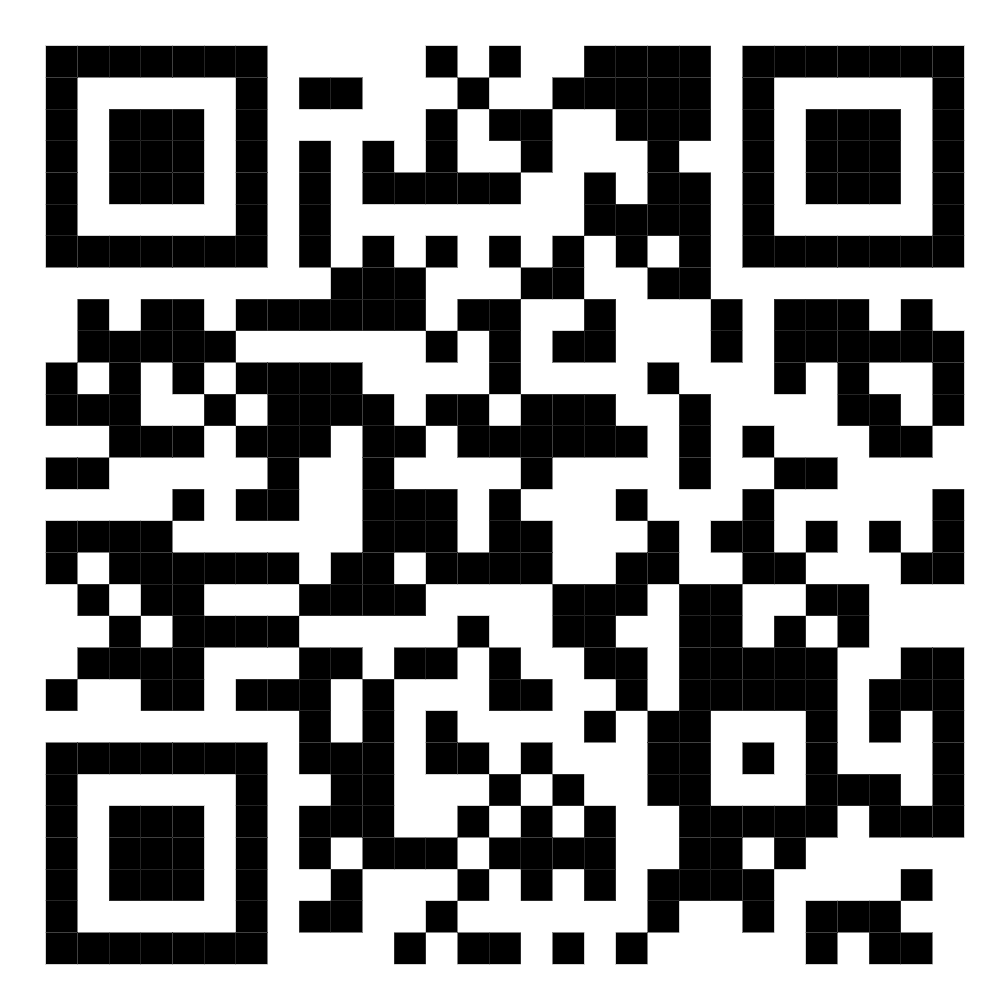Small lab
They Matter More Than You Think
- Small labs - Offer you the last mile.
- They play a big role in making India disease-free
- They are available in all districts, cities, and villages
- Enabling diagnostic access at the last mile for patients in underserved areas.
- Providing seamless access to a wide range of diagnostic tests, anytime and anywhere.
- Offering an extensive variety of diverse test types to meet varied clinical needs.
- Data generated by these labs is crucial for monitoring real-time health trends within specific regions.
- These labs require a reliable, scalable solution to streamline operations and enhance service delivery.
Small but Significant: Understanding their needs & Software benefit
It generally refers to laboratories with limited staff, space, budget, and test volume. These labs serve local or specialised needs and may not have complex infrastructure like large diagnostic centres or hospital-based labs.
Here are the common types of small labs that exist:
| Lab Type | Description | Common Tests/Services |
|---|---|---|
| Standalone Pathology Lab | Conducts routine blood, urine, and stool tests | CBC, Blood Sugar, Lipid Profile |
| Collection Centre | Collects samples, sends them to a central lab | Sample collection, billing, report delivery |
| Clinic-attached Lab | Part of a clinic, performs basic diagnostics | CBC, Sugar, Urine Routine |
| Home Collection Units | Sends technicians to collect samples from homes | Sample tagging, tracking, delivery |
| Specialty Small Labs | Focuses on niche testing (e.g., dermatology, fertility) | Semen analysis, sputum test |
| Nursing Home Labs | Internal lab within a small hospital | CBC, ECG, Biochemistry |
| Rural/PHC Labs | Government-supported, for public health needs | Malaria, Typhoid, Pregnancy Tests |
Small labs need software, especially a Laboratory Information Management System (LIMS), to improve efficiency, reduce manual errors, and provide better service to patients and doctors. Even with limited staff and sample volume, software helps in managing day-to-day operations more smoothly.
| Benefit | Impact |
|---|---|
| Accurate Data Entry | Minimizes manual errors in patient data or test selection |
| Fast Reporting | Auto-generates branded reports & sends via WhatsApp/SMS/Email |
| Sample Tracking | Tracks samples end-to-end, reduces delays or mix-ups |
| Easy Billing & Invoicing | Manages payments, discounts & generates GST-compliant invoices |
| Efficient Workflow | Guides step-by-step: Registration ➡ Sample ➡ Testing ➡ Report |
| Report Storage | Keeps digital records safe and searchable |
| Professional Appearance | Branded, digital reports improve lab credibility |
| Government Compliance | Supports ABHA/NDHM integrations for digital healthcare ecosystem |
| Time & Cost Savings | Reduces paperwork, improves productivity |
| Scalability | Grow from a single lab to a network without major system changes |
Category | Requirement | Details/Purpose |
Basic Hardware Setup | Desktop or Laptop (1 unit) | For patient registration, report entry, and printing |
Printer | Laser or inkjet printer for report printing | |
Internet Connection | Stable broadband or mobile data for cloud-based systems | |
Router/Wi-Fi Setup | To enable multiple users or connected devices | |
Barcode Scanner (optional) | For efficient sample labeling and tracking | |
UPS or Power Backup | To prevent data loss during power cuts | |
Integration Capabilities | Instruments | Semi-auto analyzers |
Collection centers | Or partner labs | |
Mobile apps | For extended connectivity and functionality |
Apart from this these labs also needs to take care of below pointers
- Laboratory Information Management System (LIMS):
To manage patient data, test orders, sample tracking, and report generation efficiently. - Hardware Infrastructure:
Reliable computers, barcode scanners, label printers, and networking devices to support daily operations. - Data Security & Backup:
Secure storage of patient records and test data with regular automated backups and role-based access control. - Instrument Integration:
Seamless connectivity between lab instruments and the LIMS for automated result entry and reduced manual errors. - Digital Reporting & Communication:
Ability to share reports via email, SMS, or patient portals for faster and paperless communication. - Online Appointment & Patient Registration:
Simple digital interfaces for walk-in and online patient registration, along with appointment scheduling. - Billing & Inventory Management:
Integrated billing system with options for discounts, packages, and payment tracking, along with test reagent and consumable stock management. - Regulatory Compliance Support:
Tools to help maintain compliance with standards such as NABL, ISO, and ABDM (Ayushman Bharat Digital Mission). - Analytics & Business Insights:
Dashboards and reports to monitor lab performance, test volumes, and financial metrics. - Cloud Access & Mobility:
Cloud-based access to manage operations remotely and ensure business continuity from any location.
The cloud needs of a small laboratory depend on its size, daily sample volume, and scope of services. However, most small labs benefit greatly from cloud-based solutions because they reduce infrastructure costs and simplify maintenance.
☁️ Key Cloud Requirements for a Small Laboratory
| Area | Cloud Need | Description |
|---|---|---|
| 1. LIMS Software | Cloud-based LIMS | For patient registration, sample tracking, test management, billing, and report delivery. No local server needed. |
| 2. Data Storage | 10–100 GB (initially) | To store patient data, lab reports, scanned documents, and audit logs securely. Can scale up. |
| 3. Accessibility | Web-based access | Staff can access the system from any internet-connected device (clinic, home collection, etc.). |
| 4. Security | Encrypted data, backups | Must comply with data privacy standards (HIPAA-like), have daily/weekly backups, and access controls. |
| 5. Report Sharing | Cloud report delivery | Auto-send reports to patients/doctors via email/SMS/WhatsApp with secure links. |
| 6. Uptime | 99.5% or higher | Ensure lab operations aren’t interrupted; critical during working hours. |
| 7. Integration | Optional APIs/HL7 | To connect with diagnostic instruments, third-party apps, ABHA, or health programs. |
☁️ Recommended Cloud Server Configuration for Small Lab (Self-Hosted LIMS)
| Component | Suggested Specification | Notes |
|---|---|---|
| CPU | 2–4 vCPUs | Sufficient for low to medium user load (1–10 concurrent users) |
| RAM | 4–8 GB | Needed for smooth performance of web server, database, and application |
| Storage | 100–200 GB SSD | For application files, reports, logs, and database; SSD improves speed |
| Bandwidth | 500 GB – 1 TB/month | Depending on report sharing, images, external access |
| OS | Ubuntu Server / Windows Server | Depends on LIMS application stack (Linux is common for open-source apps) |
| Database | MySQL / PostgreSQL / MS SQL | As required by the application |
| Backup | Daily automated backup | Critical for lab data safety |
| Security | SSL certificate, firewall, antivirus | Must protect patient data under privacy laws |
| Uptime | 99.5% or higher | Use a reliable cloud provider to reduce downtime |
Empowering Small Labs with Smart Solutions











